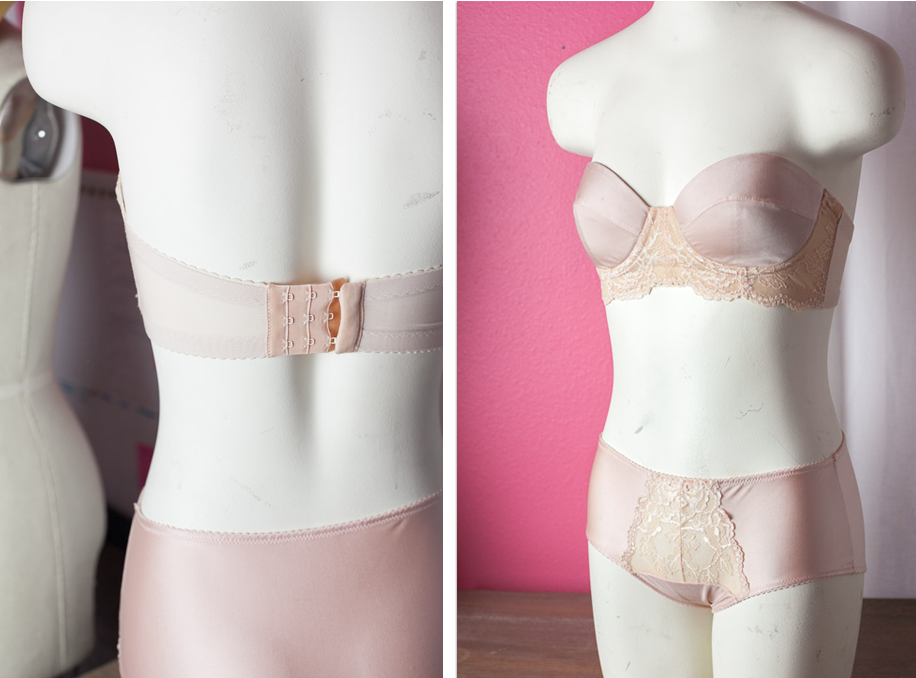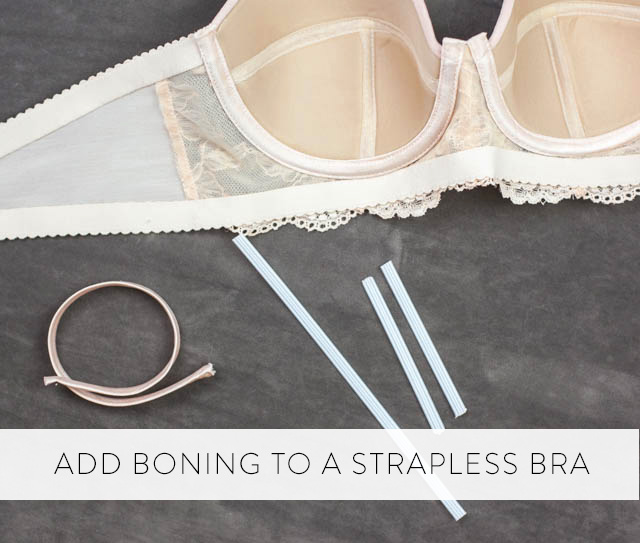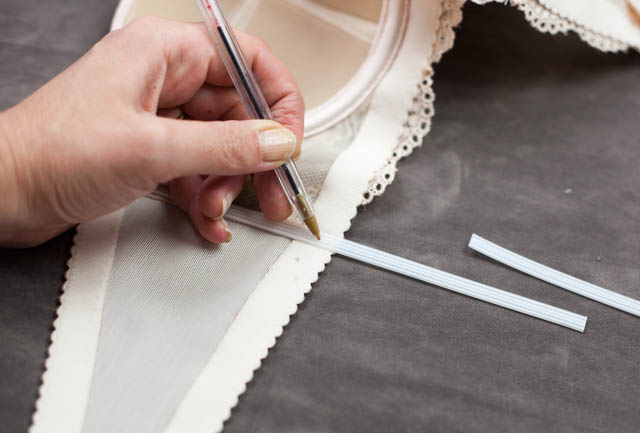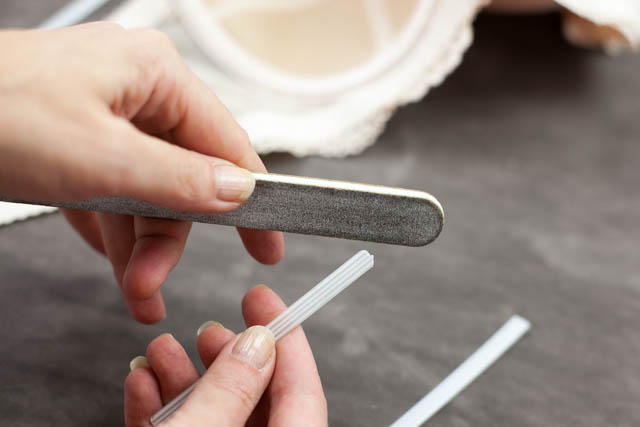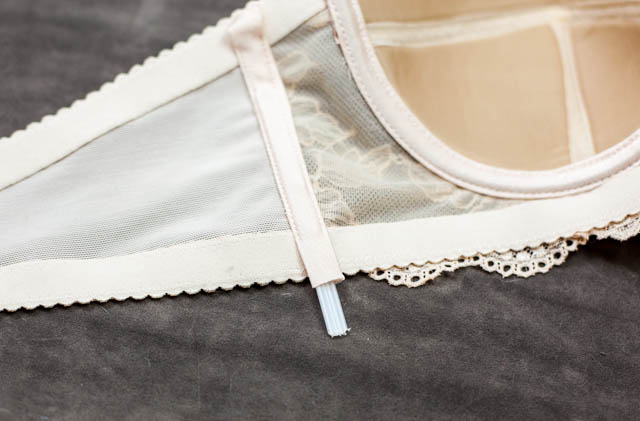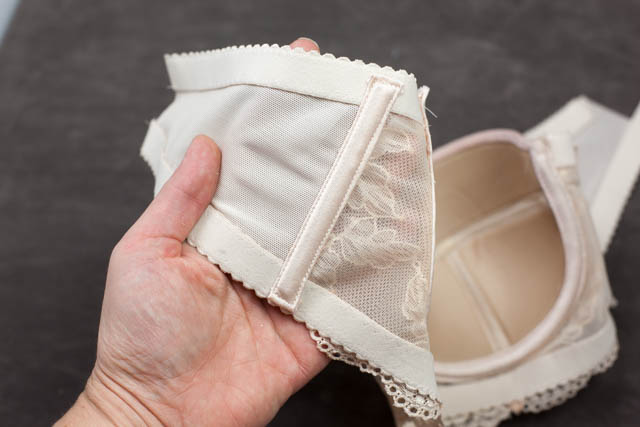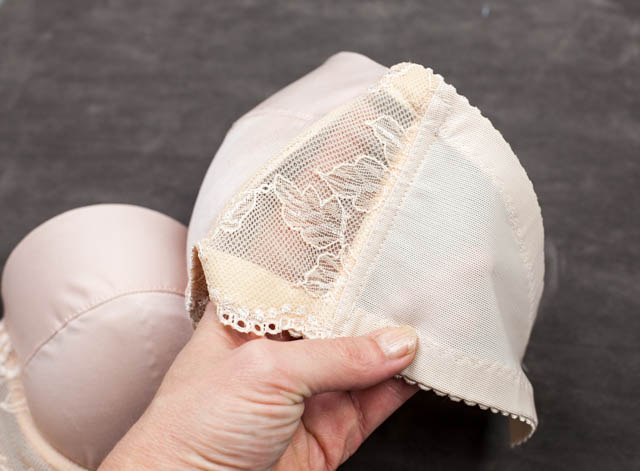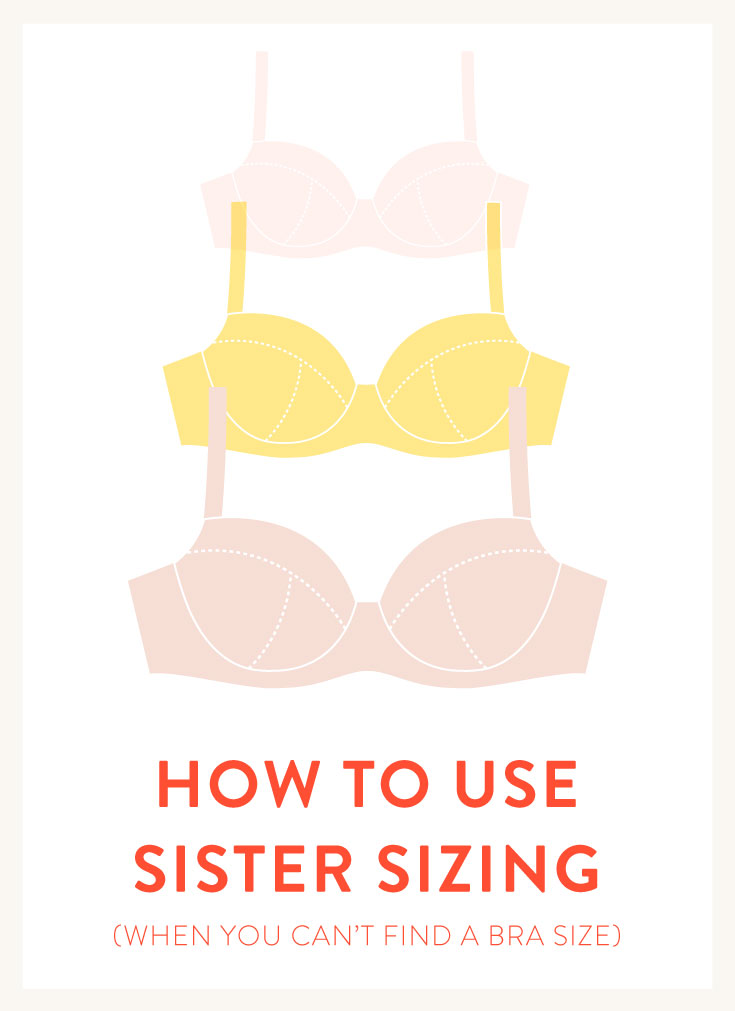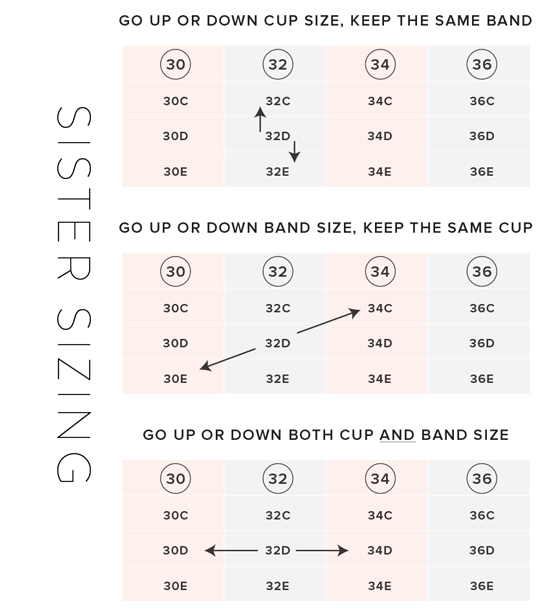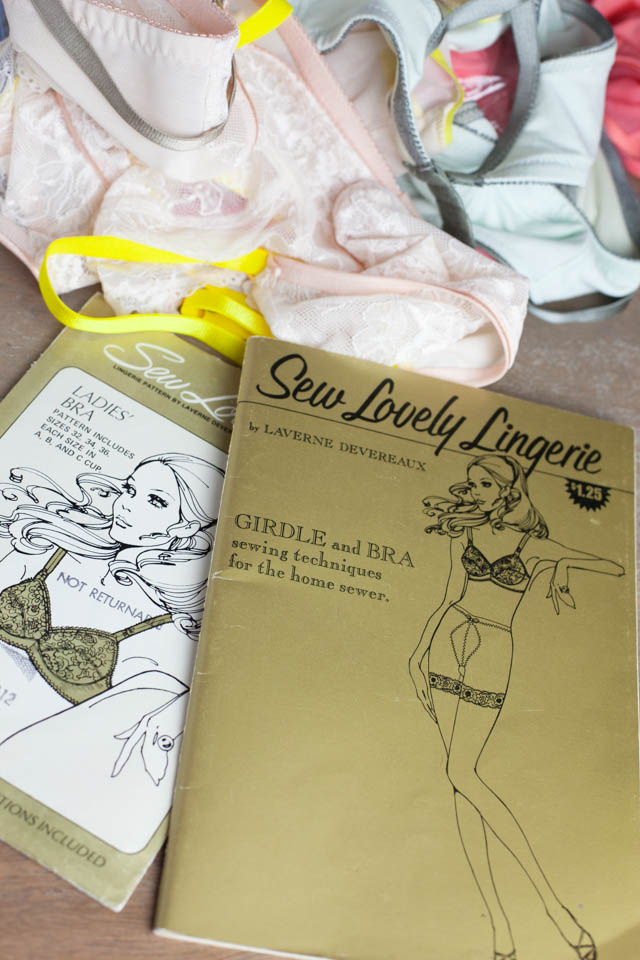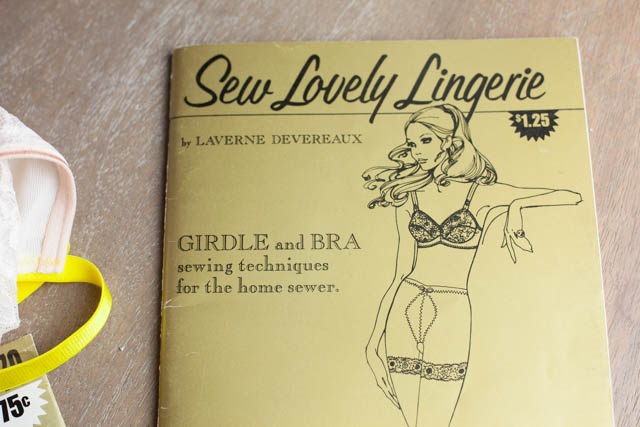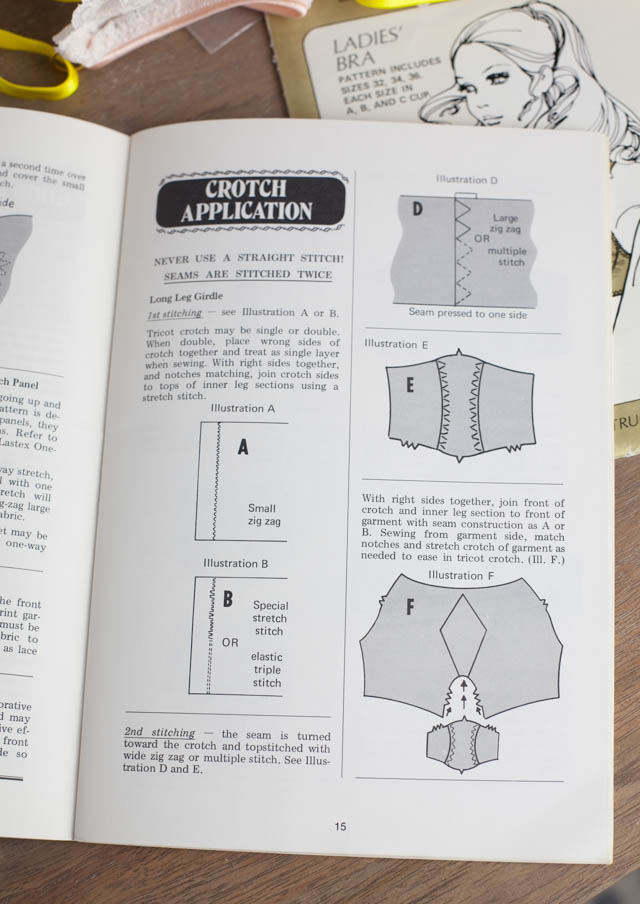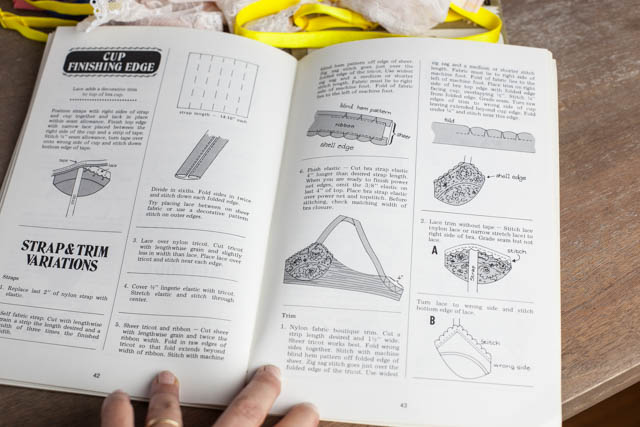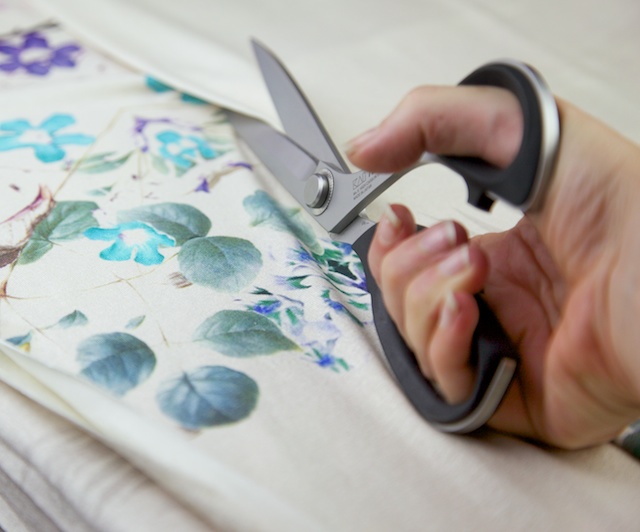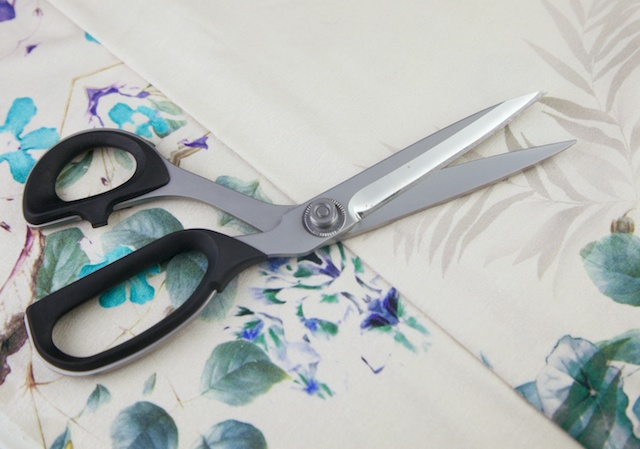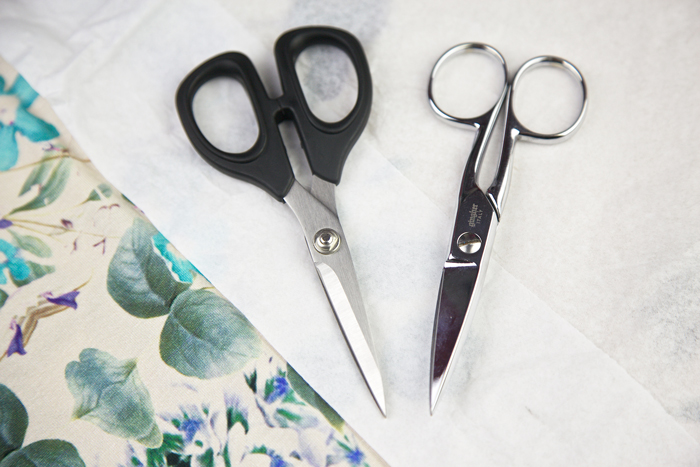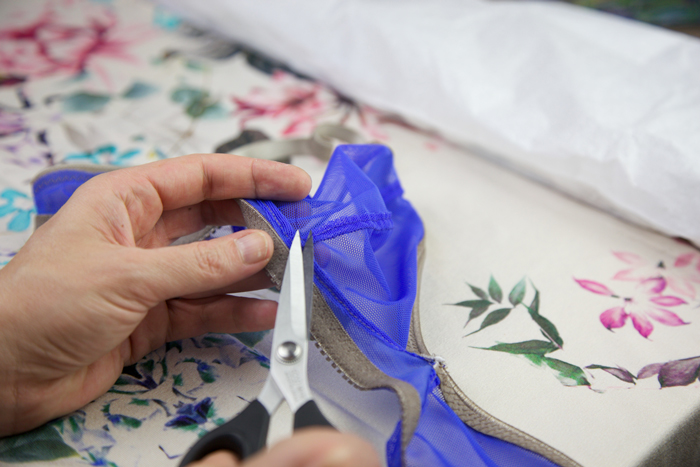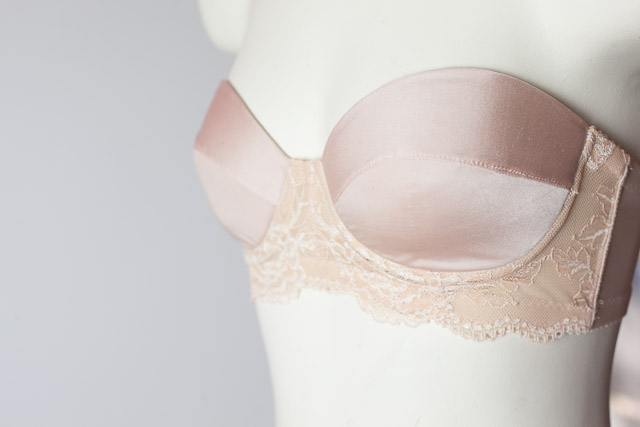
Happy October y’all! My favorite month of the year. Unfortunately, unlike the pumpkin patch, apple-dunking hayride-loving October I grew up with, Austin is still experiencing some seriously hot summer weather. So I have some days left to squeeze in my new tank dress and this strapless set.
And if you followed along with my progress, it must have seemed like this took all summer to make. It did, with a lot of breaks in between. I laid it aside a few times to make about 12 other lingerie sets. I never thought I’d hear myself say this, but I’m going to take a small break from making lingerie. Maybe a week, ha. I just love this set and am so glad I put the time getting the fit just so. I feel a little bit like a 40s starlet when I’m wearing it!
You all asked some great questions about making this kind of bra and one of them was: is a 3-piece cup better for strapless bras?
In my experience, yes. A three-piece is the most common type of cup in RTW strapless bras and probably for a good reason. A single horizontal or vertical seam is more difficult to contour closely at the neckline especially as the cup gets higher over the breast as a strapless bra does. Think of cup seams like darts. The more seams you have the more “dart” possibilities. The more darts, the more a pattern can fit smoothly around a very curved area without distortion. (This is a basic principle in patternmaking, not just for bra cups.)
When I made my muslins I had to try on my cups in foam pin out little darts along the upper piece to get a smooth, non-gaping neckline shape. Then I took these adjustments back to my pattern.
So let’s talk about the bra!
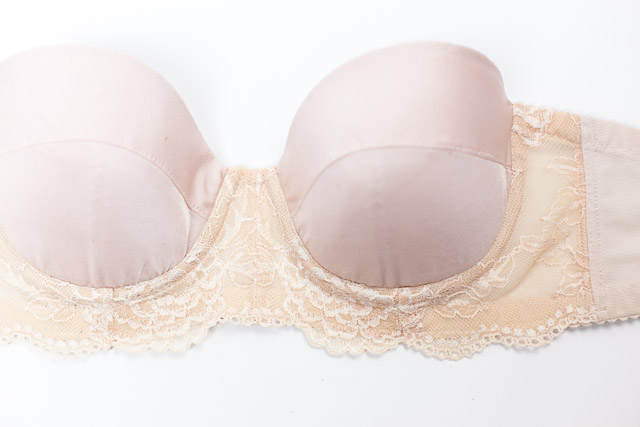
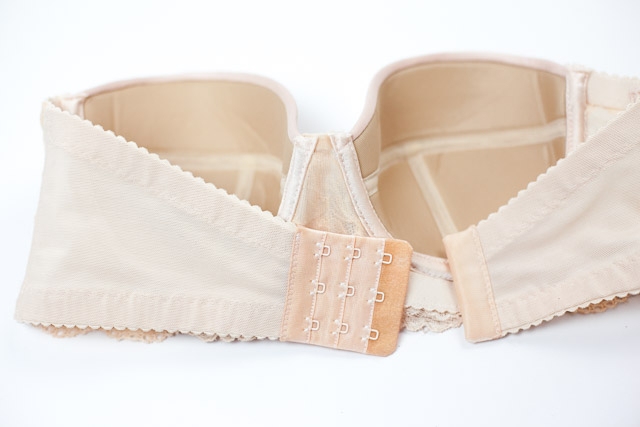
There are a lot of different fabrics going on here but thankfully I had most of them in my stash, like the lace, lining, and powernet. I listed my sources at the bottom in case you are curious.
As per my usual bra-making routine, I dyed many parts to match. Thankfully, I lucked out and was able to find some wonderful 5/8” plush elastic that matched perfectly! (I did did a total nerdy happy dance when I opened the packages and saw the color.) And it is a nice, firm elastic which is great for a strapless band. I used the same elastic on top and bottom of the band, which ended up being a good call for support but it also feels super comfortable.
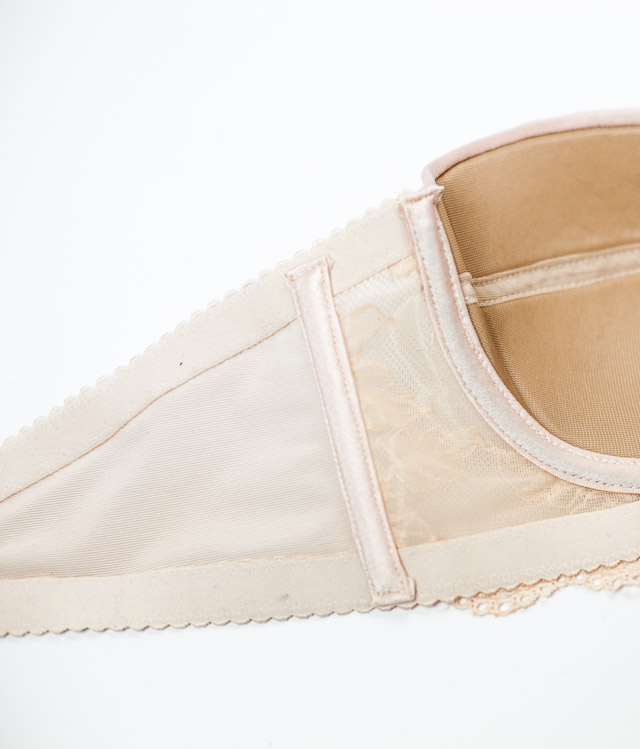
Unfortunately the very day I finished this my cups got a bit crushed when one of my kitties decided it made a good afternoon nap cushion. I usually have to hide all my sewing projects from them in a drawer somewhere but sometimes I just forget…
The matching knickers were a fun addition. They are slightly higher waisted with a lace inset. I have about 20 underwear styles at this point I’ve been playing with. Some have been winners and others a bit meh, but this one is definitely a winner for a future Cloth Habit pattern!

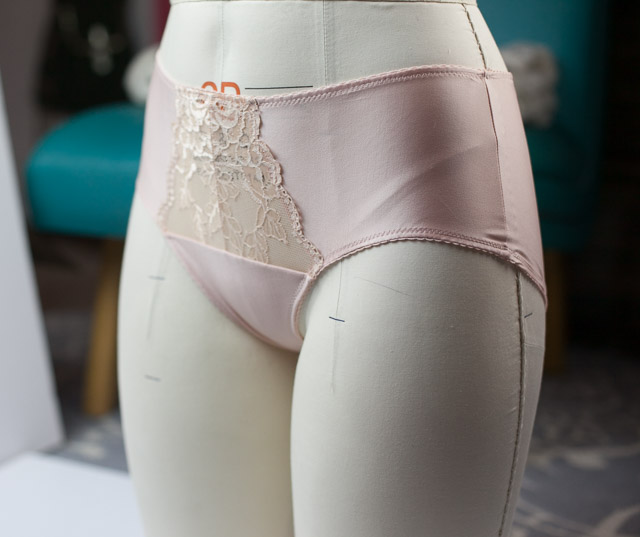
Overall, I’m supremely happy with how this all turned out!
Details:
Bra & knicker patterns: self drafted
Cup & knicker lycra: Girl Charlee
Cup foam and sheer lining: Bra-makers Supply
Powernet: Fabric Depot Co.
Galloon lace: LaceAndTrims
Bra & knicker elastic: Lace Heaven
Wires & other notions: from my collection
Lace, lining and powernet were all dyed to match with Dharma Acid Dye

